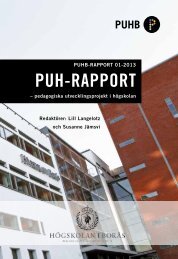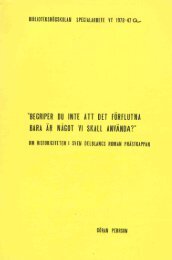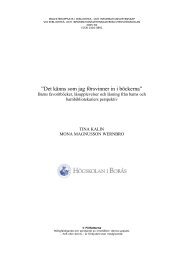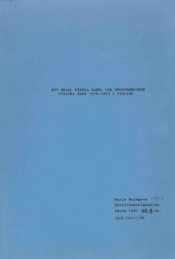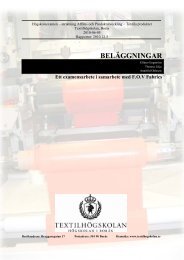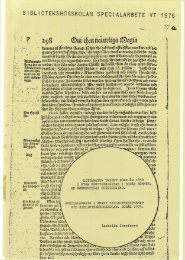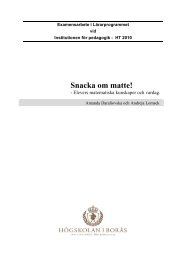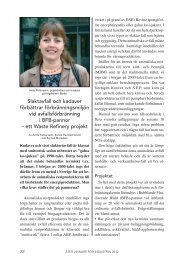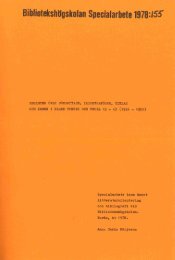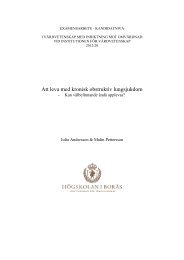barbara jansen - BADA
barbara jansen - BADA
barbara jansen - BADA
Create successful ePaper yourself
Turn your PDF publications into a flip-book with our unique Google optimized e-Paper software.
experiments<br />
Research Diary Note:<br />
First Set-up<br />
Second Set-up<br />
Code<br />
Microcontroler<br />
Driver<br />
Cables: 13<br />
LEDs: 13<br />
Braid Strings: 13<br />
Movement<br />
inside braid<br />
Reviewing different ways of connecting electronic components and code to<br />
influence the movement directions in the braided structure: rhythm exercise_part<br />
2 raised a need to rethink the set-up, as the movement in the braid<br />
didn`t turn out the way it was expected to. The set-ups illustrated above show<br />
the chronological progression of my work, whilst working with the experiments.<br />
The fourth set-up did not require any rescrewing of the braided strings to<br />
the LEDs to create endless variations on a code that allows different movement<br />
directions in the braid. This creates the least risk for the optical fibre<br />
parts to be damaged, as they are very sensible to bending, scratching etc.,<br />
whilst working with different experiments.<br />
Furthermore, this demands only a simple “click in + out” of the plugs<br />
(mounted on each cable end of the individual LEDs) to re-connect them to<br />
the driver board.<br />
The LEDs are mounted horizontally on a bracket (which functions as a<br />
heat sink) allowing them to be numbered 1, 2, 3 – 13, either from left to right<br />
or from right to left (which has been done for all experiments). For the whole<br />
system to work, however, the LEDs are not defined/numbered until they are<br />
connected to a specific position on the driver board. It is the position that<br />
134



